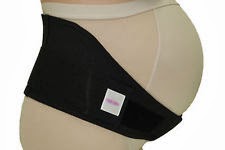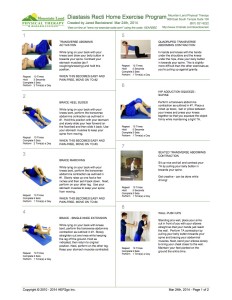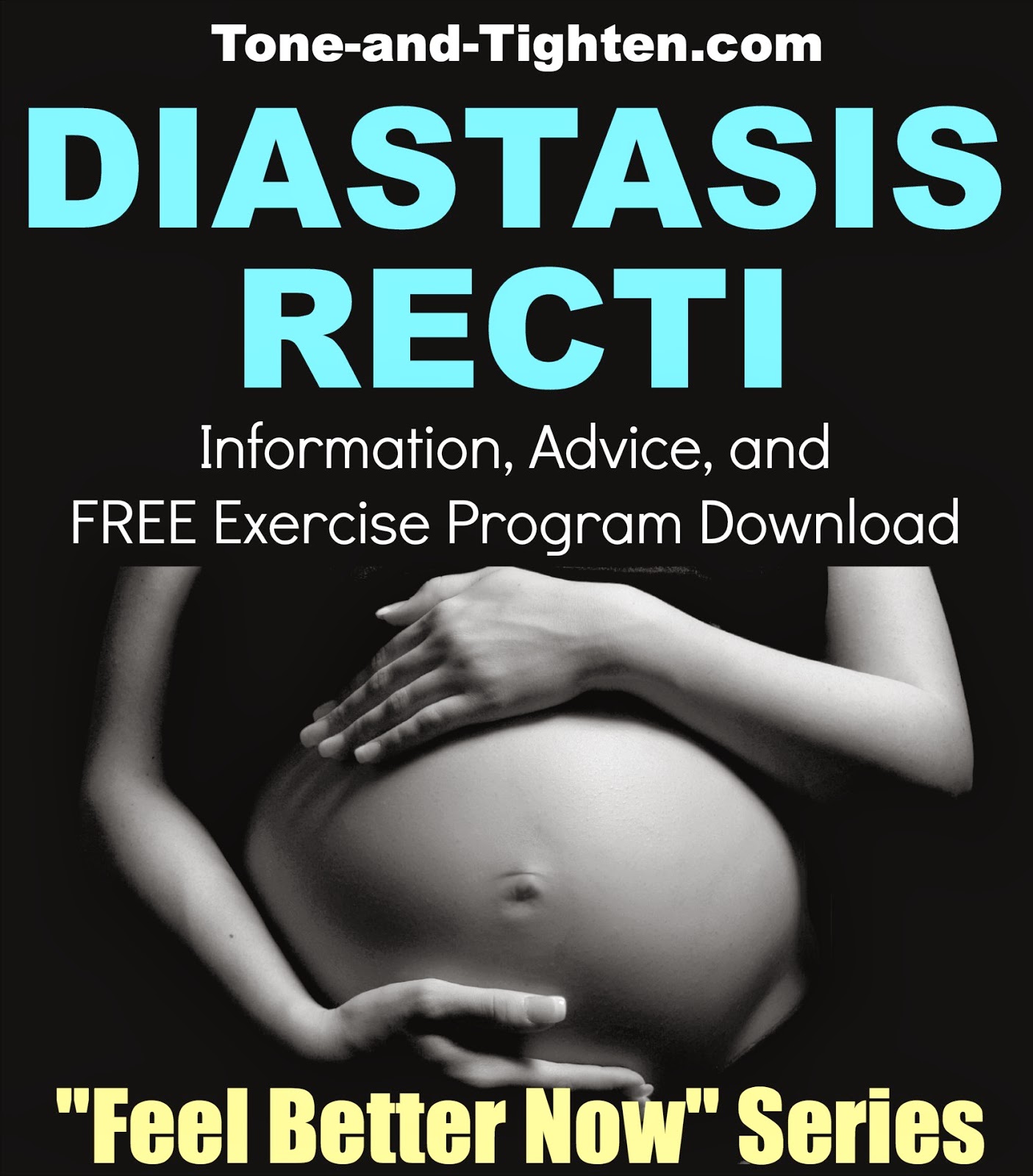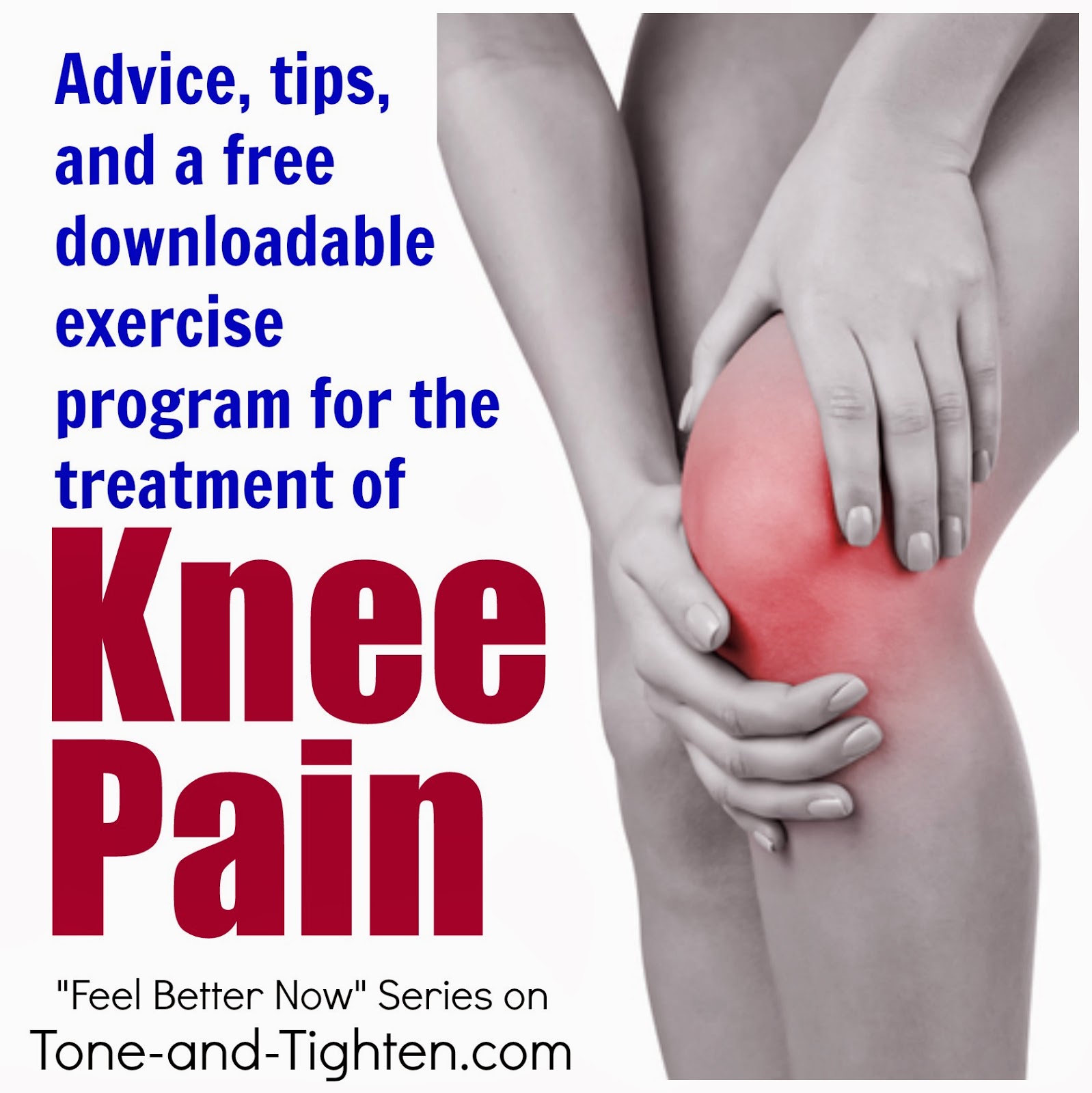where trunk flexion is required (i.e crunches and sit-ups). There are essentially two halves to this muscle that are separated londitudinally by the linea alba– a thin connective tissue similar to a tendon. This small separation via tendon is the “weakest link” in this front part of the abdominal wall and can be torn with excessive stresses placed upon it. The two populations where this issue is seen the most are infants (incomplete development of this muscle/tendon) and pregnant women (due to stress from a growing uterus and enlarging abdomen). This problem tends to occur more in multiparous (more than one pregnancy) women, those over the age of 35, “multiples” pregnancy (twins or more), high birth weight pregnancies, and even those who perform excessive abdominal exercises during the first trimester.
What do we do about it? If you are currently pregnant and have a diastasis recti I am truly sorry- there are no exercises that will help you while pregnant. Unfortunately it’s a situation

you’ve just gotta ride out. There are, however, some wonderful braces/bands that you can purchase that will make your experience INCREDIBLY more comfortable. These are designed to support your growing belly and take a lot of the load off of your abdomen. (I’ll put the ones I recommend to my patients in our T&T Store– you can check out my favorite one right here). Unfortunately there’s just not much you can do until Junior gets here, but once he/she shows up there are some specific exercises that have been proven to greatly reduce the amount and the effects of the diastasis.
Printable Diastasis Recti Home Exercise Program

Diastases recti is actually a very manageable condition if treated correctly. The most effective treatment is increasing strength in the abdominal/core wall while minimizing contraction of the rectus abdominis muscle. Give this routine try and please feel free to contact me with any questions you may have.
“Feel Better Now” series.
Make it happen,

By Jared Beckstrand







Do you suggest wearing a corset (like the ones from Belly Bandit) or a splint to help? I hav about a 2-3 finger DR. I’ve lost 30+ pounds since being pregnant but still look pregnant (22 months later, ugh!) Will that extra support help or will it keep the muscles weakened?
Hi Kate! Great question. I would recommend them for higher-level activity (lifting, pulling, pushing, sport, etc) and particularly painful days only. Any time you could use a little extra support, a little extra support is a great thing! However you don’t want to wear them all day everyday as your body becomes dependent on it for support instead of core muscles (effectively weakening your core). Hope that helps, and all my best!
I recently finished my first pregnancy 7 months ago. How do I know if I have diastasis recti and need to do these types of exercises to repair my body or if I can just do normal core/ab workouts to try to tone everything back up?
Hi Megan,
Diastasis recti is a separation of the muscles/ligament that runs down the middle of your abdomen. Most of the time you can actually feel the separation – either bumps with a divot or (in extreme cases) you can actually put your finger down in this separation. This is usually a painful condition; some of my patients describe it was more “uncomfortable” but exacerbated with certain activities. If you can do “normal” ab/core work and feel muscle fatigue only, you’re probably good to go. It these types of workouts leave you pretty painful in one very specific location in the center of your abs you might consider these exercises for a couple of weeks until you make them stronger. Hope that helps! Thank you and ggod luck, Megan!!
Jared
I had my last child 7 years ago and still have about a 4 finger separation. In your experience, is it still possible to improve this after this long?
Hi Christine,
I’ve always been a “never say never” kind of guy, but you’ve gotta be a realist as well. I’m confident there’s a lot you can do to strengthen around the separation and maybe draw it a little closer together, but will it ever be completely gone? Probably not. Steady, consistent work to strengthen your core and midsection should help. Just be patient and consistent!
Thanks for writing in!
Jared
Hi Jared,
I followed a 2-month treatment with a PT that visibly improved my 2-finger gap. Now, I wish to follow this printable workout to keep strengthening my core. Also, I’ve always been a dance workout kind of girl, will attending Zumba classes affect my progress? Should I abandon aerobics or dancing? Answer me please, I’d love to go back to fun exercising.
Thanks a lot
Hi Carolina,
Congrats on your progress thus far! Assuming you’re doing these exercises and strengthening the right muscles in the right way, there’s no reason why you shouldn’t be able to return to Zumba and other “fun exercises” in no time!
Thank you!
Jared
Hi. Does the same test apply if I have had a c-section? Does the recommended workout also apply to someone who’s had a double c-section?
During my second pregnancy I found that I blew up pretty fast and just looked huge in general and the pressure from the weight was crazy, I didn’t really know about this so I had no additional support to help ease the weight and I’m guessing the muscle probably stretched out even more then.
My second child is 6 now, but I’m determined to try this out if it’s applicable to my situation. I recently went on the JJ Smith 10 day detox and finally lost some weight which was visible from the way my clothes fit and actually showed on the scale so I’m feeling geared up for this. All that tummy is just there hanging out and I’d really like to see it tighten up.
Hi Maria! The principle should be the same – anyone looking to tone their stomach and “suck things in” a little more would benefit from this progression. The goal is to activate that deepest abdominal layer and make it strong and tight. Whether it’s a diastasis, a C-section, recent fat loss, etc – this should be effective. Hope you enjoy!
Hi Jared,
How long it would take to notice improvements If I am doing the exercises 5 days per week?
Thanks
Hi Nancy, I tell patients all the time – it’s a marathon, not a sprint. 4 weeks before you start to see the change you’re after. Stay consistent with it and try to challenge yourself as you get stronger. You’ll get it!
Following an abdominalplasty (Tummy Tuck) with Muscle Repair my concern is to be caution when returning to a regular exercise routine. I use to do a lot of crunches and now have learned this is not what I want to return to. Can you provide post Tummy Tuck Muscle repair exercises? Thank you advance.
Hi Cindy! I would approach a post-abdominoplasty workout like I would a post-partum workout – activate the right muscles the right way without stressing other muscles too much. Try this one instead: https://tone-and-tighten.com/ab-workout-after-baby-diastasis-recti-safe.html
Good luck!